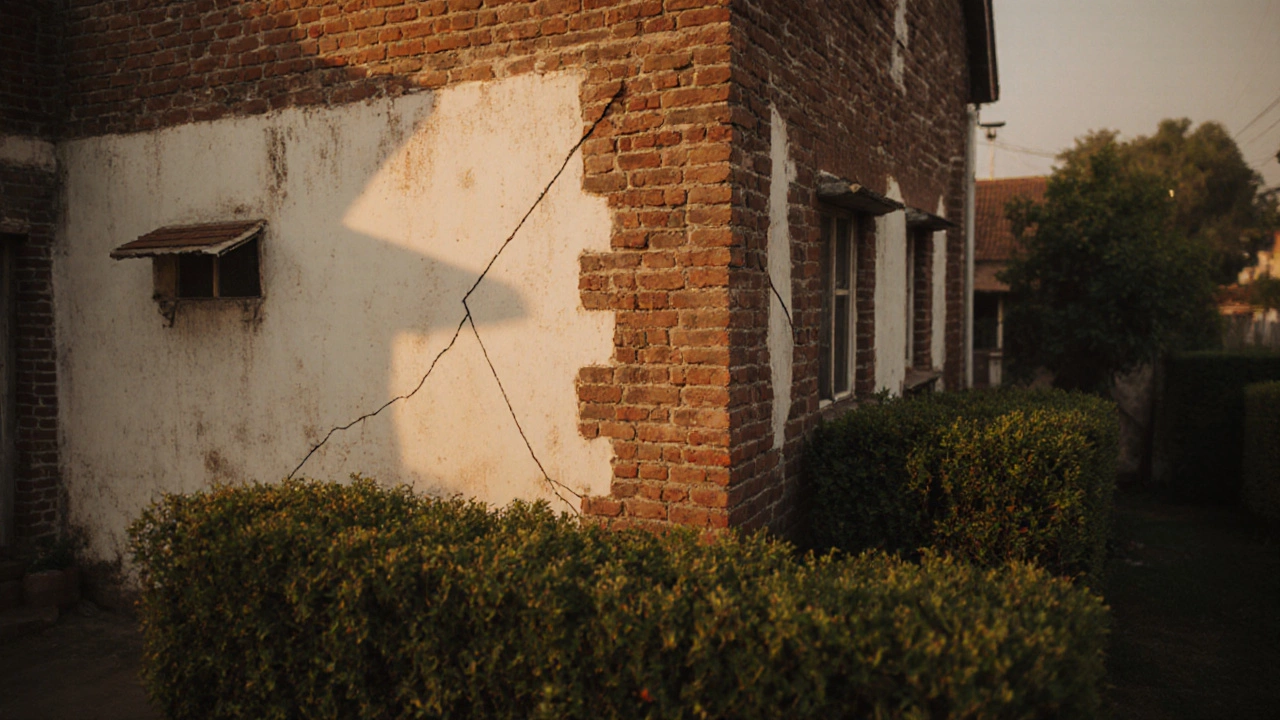Historic House Cracks: What They Mean and How to Fix Them
When you spot a crack in an old house wall, it’s natural to panic. But not all cracks are dangerous. A thin, vertical line near a window might be normal settling. A jagged, diagonal crack stretching from floor to ceiling? That’s a different story. Historic house cracks, visible fractures in the walls, foundations, or chimneys of older buildings, often result from aging materials, ground movement, or poor original construction. Also known as structural settlement cracks, they’re common in homes built before 1950, especially those on clay soil or with shallow foundations. The key isn’t to fear every crack—it’s to understand what kind you’re dealing with.
Cracks in historic homes usually fall into three categories: foundation cracks, fractures in the base structure that support the entire building, often caused by soil expansion, water damage, or shifting earth; structural damage, wider issues that affect load-bearing walls or beams, leading to uneven floors or doors that won’t close; and settlement issues, slow, gradual sinking of the building’s base over decades, common in older neighborhoods with unstable soil. You’ll see these same terms in posts about DIY foundation repair, major foundation problems, and when to call a pro. A hairline crack in plaster? Probably fine. A crack wide enough to fit a pencil? That’s a red flag. And if it’s growing—especially after rain or dry spells—you’re looking at active movement, not just old wear.
What makes historic homes different isn’t just their age—it’s their materials. Older brick, lime mortar, and timber frames flex differently than modern concrete and steel. That’s why patching a crack with modern cement can make things worse. You need to match the repair to the original build. Many posts in this collection cover how to diagnose these issues without overpaying for unnecessary repairs. You’ll find guides on spotting when a crack is just cosmetic versus when it’s threatening the whole structure. You’ll also see real cost examples, common mistakes homeowners make, and how to tell if your house needs a professional inspection or just a little TLC.
There’s no single answer to "Are these cracks dangerous?" But if you know what to look for—where they start, how wide they get, whether they’re getting worse—you can avoid panic and make smart decisions. The posts below give you the facts, not fear. Whether you’re living in a 1920s bungalow or restoring a Victorian townhouse, this collection gives you the tools to understand what’s happening in your walls—and what to do next.
Are Cracks Normal in a 100‑Year‑Old House? What to Look For
Learn why cracks appear in 100‑year‑old homes, how to tell if they're harmless or serious, and get step‑by‑step inspection and repair advice.
Learn more...